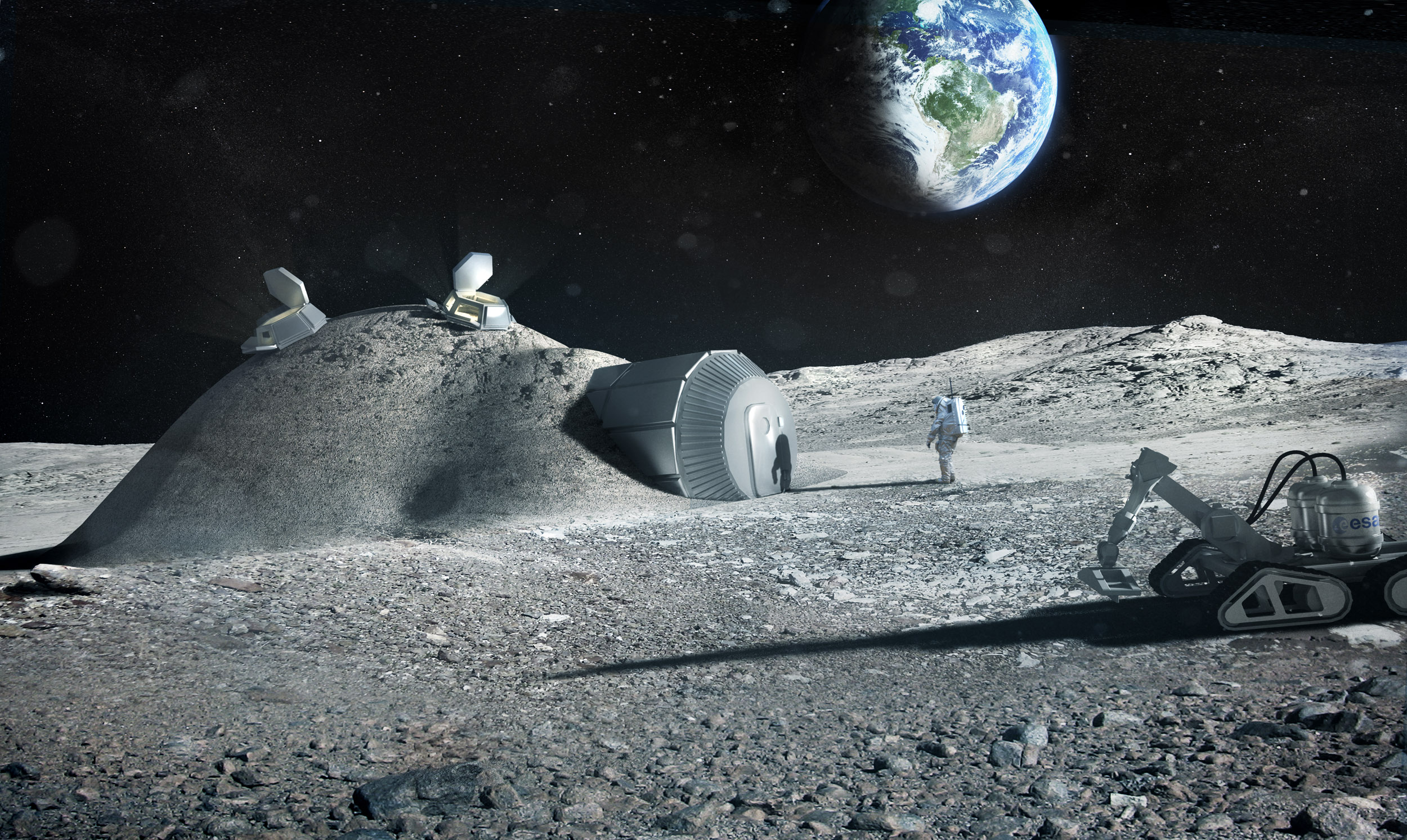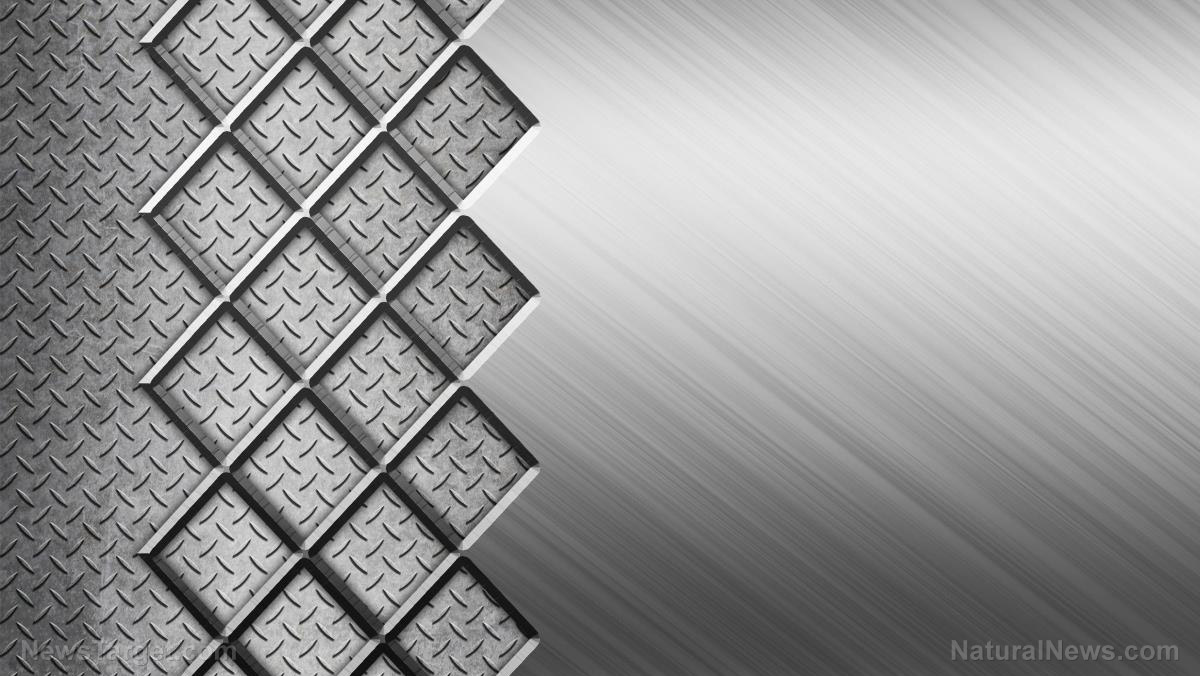ESA researchers look at lunar dust as a potential raw material for constructing future manned outposts on the moon
11/07/2018 / By Edsel Cook

It is almost always much cheaper and easier to make something using locally-available construction materials. That is why European researchers are testing the use of the space dust covering the surface of the Moon to build long-term structures on our planet’s satellite, an article in New Atlas reported.
They came to this conclusion after experimenting with materials that share the same characteristics as real lunar dust. The particulate matter found on the Moon are gray in color, fine, and sport many rather rough edges.
The researchers are part of an effort by the European Space Agency (ESA) to prepare for a return to the Moon. They want to determine the possibility of using abundant lunar dust to build artificial installations such as human habitats and roads for rovers. If their study pans out, astronauts will not need to bring construction materials from Earth along with them. They won’t even need to dig deep into the lunar soil for quarrying purposes.
Building permanent structures on the Moon with local dust
Permanent lunar outposts are a must-have if astronauts want to stay on the Moon for long periods of time. The structures at these bases must function as work spaces and living quarters for their occupants. Furthermore, they must be shielded from cosmic radiation that could harm human health.
But what can they be built from? Gathering the raw materials on Earth and hauling them to the Moon is impractical. It costs hundreds of millions of dollars effort to launching small satellites a few hundred miles into low orbit. In comparison, the Moon is an average of 240,000 miles away from Earth. It costs $20,000 dollars to ship a single bottle worth of water across that vast distance. Concrete would cost even more to transport given its greater density.
The ESA researchers decided to look for alternatives close to the Moon, so to speak. They began studying the possibility of processing lunar dust into solid blocks that could be used to construct permanent structures.
The geological history of the Moon mirrors that of Earth. Lunar dust is theorized to have been produced when cosmic radiation and micrometeorites bombarded lava flows across the surface of the newly-formed natural satellite.
The region around the German city of Cologne produced similar lava flows in the distant past. A European Astronaut Centre (EAC) research team collected volcanic powder from that area for evaluation as a substitute for Moon dust. Once they determined that the volcanic dust from Cologne had more or less the same properties as lunar dust, the researchers turned it into a simulated dust called EAC-1.
Lunar dust particles have strong charges and are dangerous when inhaled
Making EAC-1 is more complicated that just grinding Terran volcanic dust into the same grade as its lunar equivalent. Moon dust particles feature so many sharp edges that inhaling them can damage your nasal passages and lungs. In addition, lunar dust is charged with electrostatic energy thanks to its long exposure to cosmic radiation. This charge could possibly change the characteristics of the dust, making it unsuitable for construction.
Efforts to simulate lunar dust in irradiated conditions have produced mixed results. On one hand, radiation was able to give the simulated particles the necessary charge. On the other hand, other important properties of the dust got disabled.
“This gives us one more reason to go back to the Moon,” noted EAC-1 developer Erin Tranfield. “We need pristine samples from the surface exposed to the radiation environment.”
If you want to read more stories about the efforts to return to the Moon, visit Cosmic.news.
Sources include:
Tagged Under: back to the moon, construction materials, cosmic radiation, European Space Agency, lunar dust, lunar missions, Moon, moon colonization, Space, space explorations, space missions



















